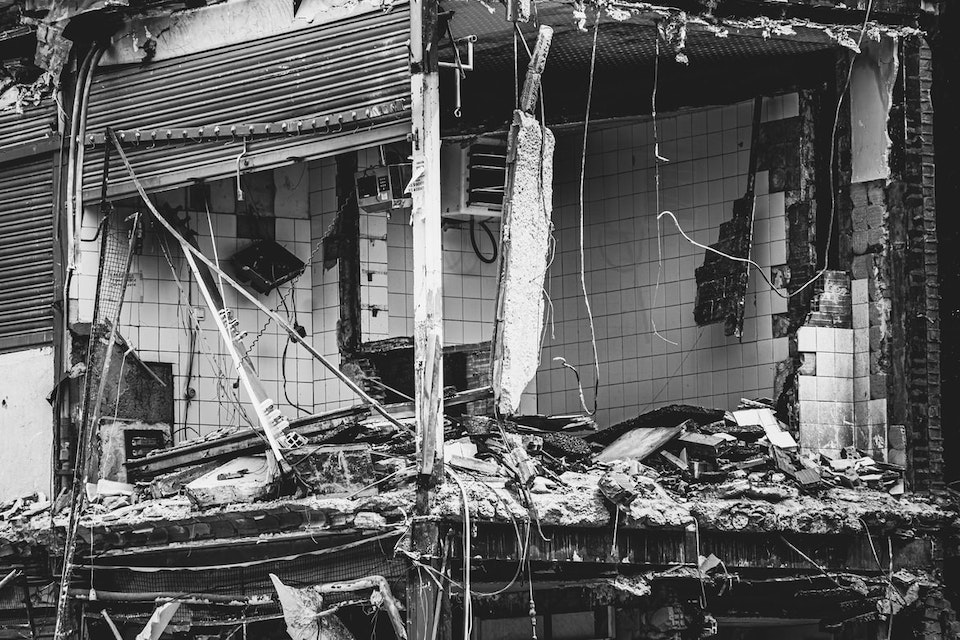4 minute read
The need to prepare for a disaster is universal. In some countries, you can’t get away from it. In others, it may be a distant threat. Regardless, we all need to make provisions in case our worst fears come true and there is a natural disaster. But what does this mean, and is flood zone x good?
Here are some things to consider before moving: How prepared is your local area and the country in general? What will happen if you don’t take steps to prepare? What’s your situation–are you living in an apartment building or detached house? Here are some things that may help when preparing for a natural disaster like an earthquake or hurricane.
Food items and other necessary disaster kit items
When moving to a disaster-prone area, you should have a checklist handy for what to do during a disaster situation. These are useful things to have on hand for an earthquake or hurricane, or any type of natural disaster:
- Non-perishable food items (at least 3 day supply)
- Hand-cranked or battery-operated radio
- Flashlights
- Candles and matches
- Road flares (to signal for help)
- Bottled water (one gallon/day per person)
- First aid kit
- Medication (prescription and over-the-counter)
This is not an exhaustive list, but it’s a good start for a basic home emergency kit. When it comes to non-perishable foods, many people stick to canned goods. However, you should also consider nutritional value, so look here to find and compare the best long term food storage company. You can’t always depend on food aid to come quickly during a disaster, so it’s best to have a good stock of non-perishable food that can last 3 days minimum.
However, for a road kit, you want to pack lightly and only the most important things, there’s no sense in carrying a ton of gear and tiring yourselves out during a disaster. Just get to the nearest emergency shelter as soon as possible with the most important items, such as prescription medications, bottled water, etc.
If you need to drive far, have an emergency kit stored in your vehicle, and consider the things you would normally bring on a road trip.
Why prepare for a disaster?
There are numerous reasons to prepare your home for a natural disaster, both for your safety and also for financial reasons. The safety reasons are obvious, but home insurance can be costly. By taking safety measures and proofing your home against costly damages, you can obtain lower home insurance premiums.
People settling in the Volunteer State look for Tennessee flood insurance only after making sure that their home is properly proofed. This is because if the home is located in a flood zone, insurance rates can be exorbitant. By taking steps to minimize damage, you may save yourself thousands of dollars in the long run.
For example, fire sprinklers are proven to be very effective in preventing fires from starting in the first place, and stopping damage when they do start. For that reason, your home insurance company will give you a discount for having them installed.
You can also obtain discounts for earthquake insurance if your home is built on a raised foundation that is not made entirely out of slab, and has been seismically retrofitted. There are a lot of other ways to reduce your insurance premiums, but it depends on the type of disaster you’re insuring against.
What to do if your area is prone to disasters
Earthquakes and hurricanes are two of the most common types of disasters, and both have very different characteristics. In general, you are encouraged to evacuate if a hurricane or earthquake is on its way. You should have a disaster plan in place for the disaster type your area is prone to, including a disaster kit in your home.
If you live in a hurricane-prone area, it’s likely that your home was built with a cellar or storm shelter to withstand the high winds that storms can bring. If you live in an area where earthquakes are common, you should have a “safe room” set up with a dresser, bookshelves, and a mattress in case of a quake.
Living in a flood-prone area may put you at risk if you live in a flat, low area. Your risk of flooding is mitigated if you live on a slope, although you need to be concerned about mudslides. It’s a good idea to check your home insurance policy to see what it covers for flood damage and if you have extra coverage in place.





